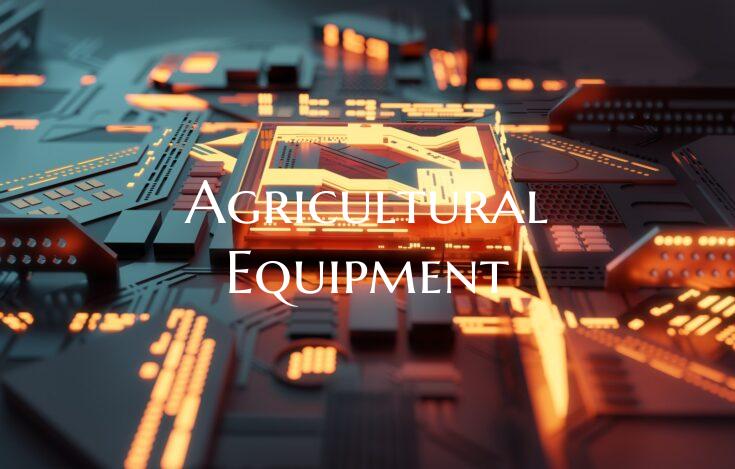Agricultural Equipment
Agricultural Equipment: Enhancing Efficiency in Farming
Agricultural equipment plays a crucial role in modern farming practices, revolutionizing the way crops are planted, cultivated, and harvested. From tractors and combines to irrigation systems and precision agriculture tools, these technologies have greatly enhanced the efficiency and productivity of agricultural operations worldwide.
Tractors are the workhorses of the farm, used for a variety of tasks such as plowing, tilling, planting, and harvesting. Modern tractors are equipped with advanced features like GPS guidance systems and automated controls, allowing farmers to work more accurately and effectively. This technology not only saves time and labor but also optimizes the use of resources such as fuel and seeds.
Another key piece of agricultural equipment is the combine harvester, which efficiently harvests crops like wheat, corn, and soybeans. These machines can perform multiple functions in a single pass, from cutting and threshing to separating and cleaning the grains. By streamlining the harvesting process, farmers can increase their output and reduce post-harvest losses.
Irrigation systems are also vital for agricultural productivity, especially in regions with limited rainfall. Drip irrigation, sprinkler systems, and pivot irrigation are some of the technologies used to deliver water to crops efficiently. These systems help farmers conserve water, reduce waste, and ensure that plants receive the right amount of moisture for optimal growth.
In recent years, precision agriculture has emerged as a game-changer in the industry. This approach uses technologies like drones, sensors, and big data analytics to monitor and manage fields with precision. By collecting real-time data on soil conditions, weather patterns, and crop health, farmers can make informed decisions to improve yields, reduce inputs, and minimize environmental impact.
Overall, agricultural equipment continues to evolve and innovate, driving sustainable practices and boosting food production to meet the demands of a growing global population. As technology advances, farmers can expect even more sophisticated tools to further enhance efficiency, productivity, and profitability in the ever-changing landscape of agriculture.

